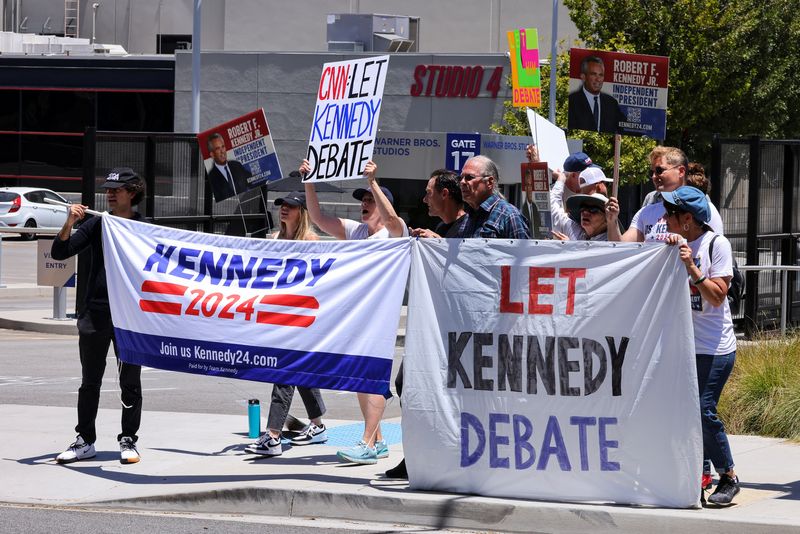Follow us on LinkedIn
The investment objective for each investor may differ. However, most investors have one common goal, to increase their wealth. For that, they employ investment strategies that meet their requirements. There are many of these strategies that provide investors with different options. One of these includes the equity long-short investment strategy.
What is the Equity Long Short strategy?
The concept of the equity long-short strategy is straightforward. It involves going long on investments that investors expect to grow in value. Similarly, it includes shorting investments that investors believe will suffer in the future. In other words, the equity long-short strategy involves buying investments with high growth potential. In contrast, it also requires investors to sell investments that they expect to decrease in value.
The equity long-short strategy requires investors to employ both the long and short investment strategies simultaneously. This strategy allows investors to hold onto investments that will increase in value in the future. By doing so, it ensures future profits for investors. However, it also requires investors to sell their assets when the value decreases. This way, investors can avoid making any future losses.
Most investors, either deliberately or unintentionally, use this strategy as a part of their portfolio strategy. The equity long-short strategy aims to provide investors with absolute returns. Generally, this strategy leans towards either the long or short side based on how investors view their investments. The equity long-short strategy is more prevalent among hedge funds and mutual funds.
What are Equity Long Short Hedge Funds?
Equity long-short hedge funds are funds that use the long-short approach to investing. Most equity hedge funds in the market are currently utilizing this strategy. These hedge funds increase investors’ wealth through both long and short investment strategies. Together, these strategies can help hedge funds achieve better gains while also reducing the market risk for investors.
As with other hedge funds, equity long-short hedge funds also get managed by fund managers. These managers may focus on specific industries or markets. Some managers also specialize in particular categories of investing. The performance of these hedge funds also depends on how fund managers handle a fund’s operations. In exchange for their services, these managers receive a fee.
How do Equity Long Short Hedge Funds work?
Equity long-short hedge funds generate profits in two ways. First, these funds identify opportunities to acquire investments when the prices are increasing. By going long on these stocks, equity long-short hedge funds can ensure they will generate returns in the future. Therefore, fund managers need to identify investments that they deem to be underpriced in the market and acquire them.
Second, these funds also exploit investments with adverse price movements. By going short on those stocks, these hedge funds ascertain investors make profits in the future. For that, fund managers need to identify investments that they deem to be underpriced in the market. As mentioned, some hedge funds may have a bias towards either the long or short side. Therefore, fund managers may lean towards either side based on their preference.
Conclusion
Equity long-short investment strategy has two sides. The first side includes going long on investments that investors believe to generate value in the future. The second involves going short on overpriced investments. Equity long-short hedge funds employ this strategy to generate returns for investors. These funds have managers that dictate how they perform in the market.
Further questions
What's your question? Ask it in the discussion forum
Have an answer to the questions below? Post it here or in the forum




